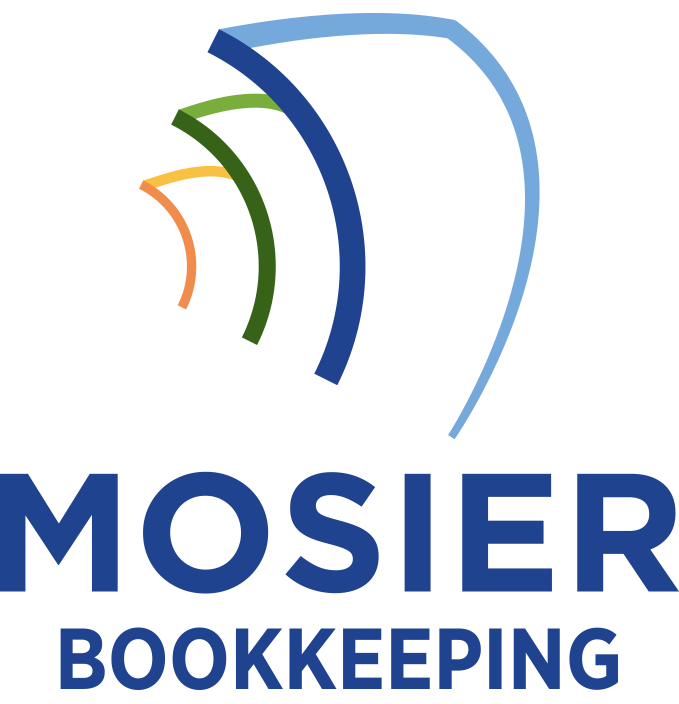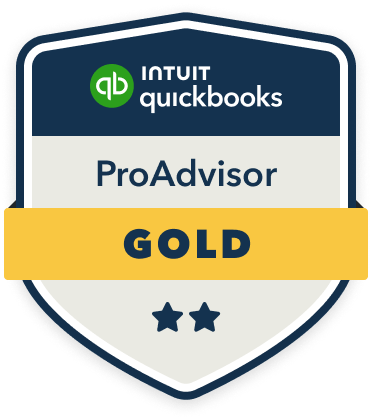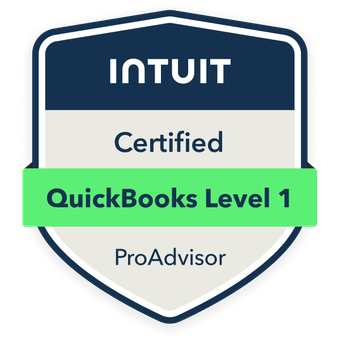A robust bookkeeping system empowers you to detect financial risks early through real-time monitoring of cash flows, expenses, and profit margins. You’ll gain precise control over your business’s financial health with automated alerts, systematic documentation, and data-driven decision-making capabilities. This all-encompassing approach strengthens regulatory compliance, optimizes cash flow management, and builds resilience against market volatility. Exploring these strategic advantages can transform your small business into an impenetrable financial fortress.
Early Detection of Financial Risks Through Real-Time Monitoring

Most financial crises in small businesses can be prevented through diligent real-time monitoring of key performance indicators. I recommend tracking cash flow patterns, accounts receivable aging, and expense trends daily to spot warning signs before they escalate into serious problems. By implementing automated alerts for predefined thresholds, I’ll help you maintain control over your financial health.
When I monitor your metrics in real-time, I detect issues like declining profit margins, excessive overhead costs, or late-paying customers immediately. This enables you to take swift corrective action, negotiate better terms with vendors, or adjust pricing strategies before your business faces a financial emergency.
Enhanced Decision-Making With Accurate Financial Data
When business leaders have access to accurate financial data, they can make strategic decisions backed by reliable numbers rather than gut feelings. I want you to understand how precise financial data empowers you to dominate your market through calculated choices.
Your decision-making capabilities are enhanced through:
- Real-time visibility into cash flow patterns
- Clear understanding of profit margins by product/service
- Identification of highest-performing revenue streams
- Analysis of cost structures and spending trends
- Evidence-based forecasting for growth initiatives
I’ve found that leveraging accurate financial data transforms reactive management into proactive control, positioning you to seize opportunities while maintaining fiscal discipline. This data-driven approach guarantees your decisions align with your business objectives.
Strengthening Regulatory Compliance and Audit Preparedness

Maintaining robust bookkeeping records serves as your first line of defense against regulatory scrutiny and surprise audits. I recommend organizing your financial documentation systematically, ensuring every transaction is properly categorized and traceable. You’ll gain control over tax compliance, reducing the risk of penalties and costly legal issues.
When auditors examine your books, you’ll demonstrate competence through meticulous record-keeping. I’ve seen how implementing audit trails, documentation protocols, and regular compliance checks empowers you to respond confidently to regulatory inquiries. You’ll protect your business interests while building credibility with stakeholders, tax authorities, and financial institutions.
Improving Cash Flow Management and Financial Planning
Effective cash flow management stands at the core of your business’s financial health and longevity. I’ll show you how a robust bookkeeping system empowers you to master your cash flow and dominate financial planning.
Your bookkeeping system delivers critical financial intelligence through:
- Real-time visibility into cash positions
- Accurate cash flow forecasting capabilities
- Early detection of potential shortfalls
- Strategic timing of payables and receivables
- Data-driven investment decision making
I’ve found that businesses implementing these controls gain undeniable market advantages. You’ll leverage detailed financial insights to optimize working capital, seize growth opportunities, and maintain strong negotiating positions with vendors and creditors. This systematic approach transforms financial planning from reactive to strategic.
Building a Resilient Business Model Through Financial Controls

Three fundamental pillars support a resilient business model: robust financial controls, data-driven decision making, and systematic risk management.
I’ll show you how to integrate these elements into your operations. Start by implementing internal controls that prevent fraud and errors – segregate duties, require dual approvals for large transactions, and maintain detailed audit trails. Next, leverage your financial data to identify trends and opportunities through regular analysis of key performance indicators. Finally, establish clear protocols for risk assessment and mitigation strategies.
When you combine these controls with real-time monitoring systems, you’ll create a fortress-like business structure that can withstand market volatility and operational challenges.
